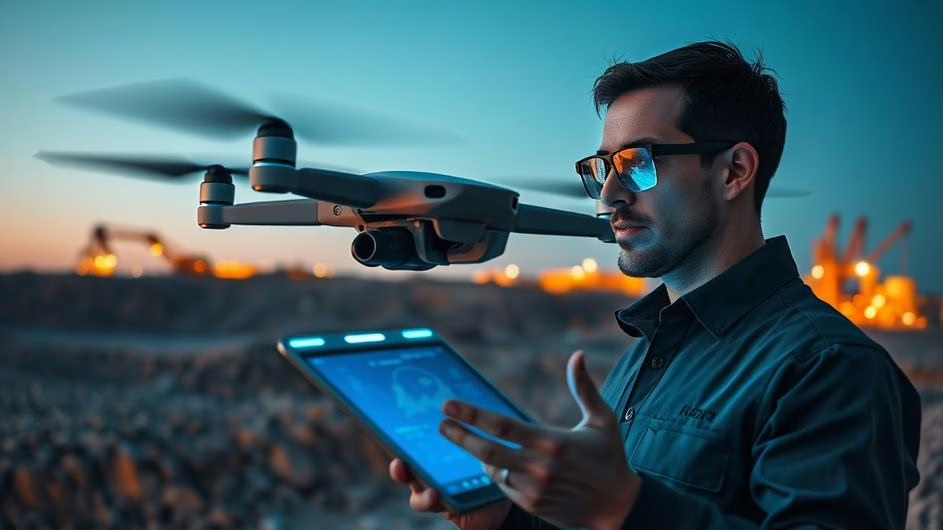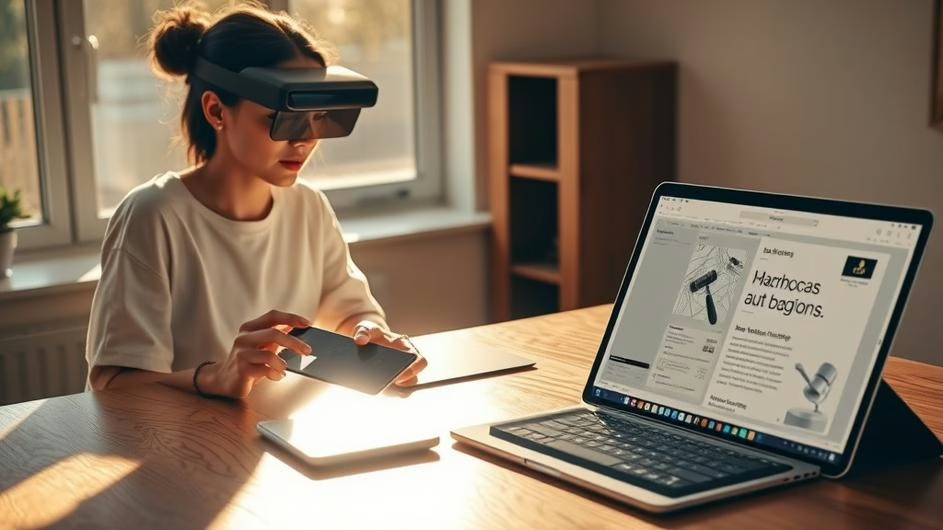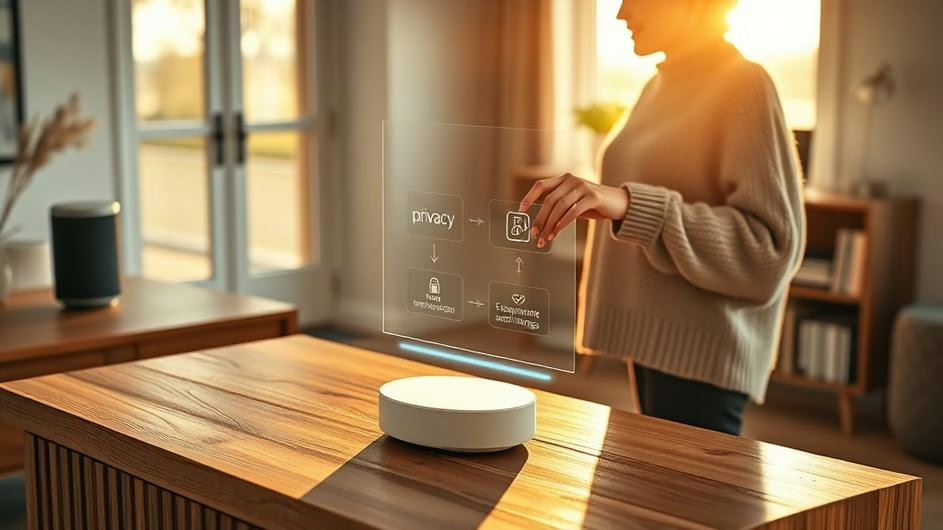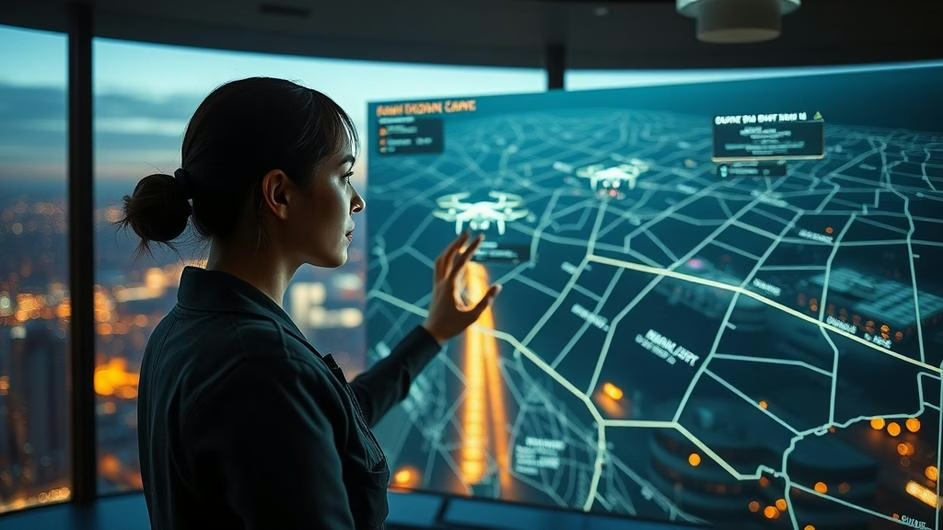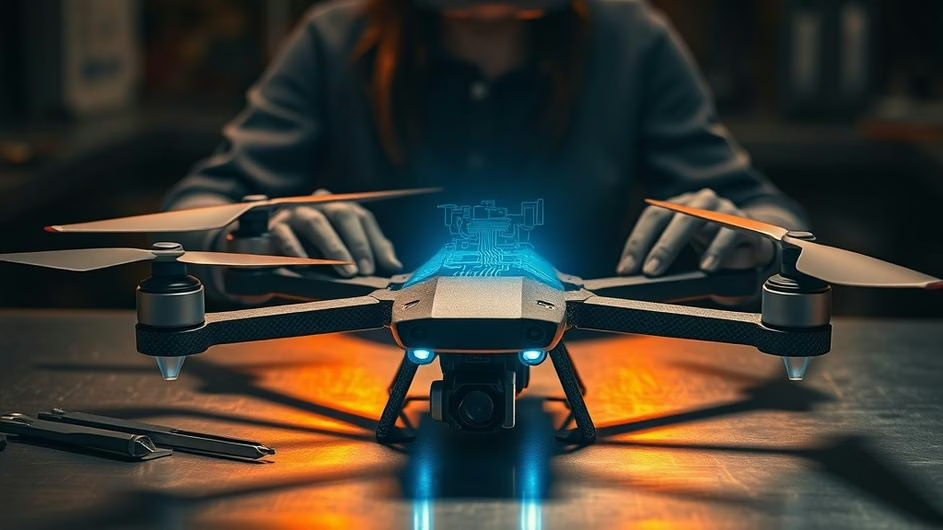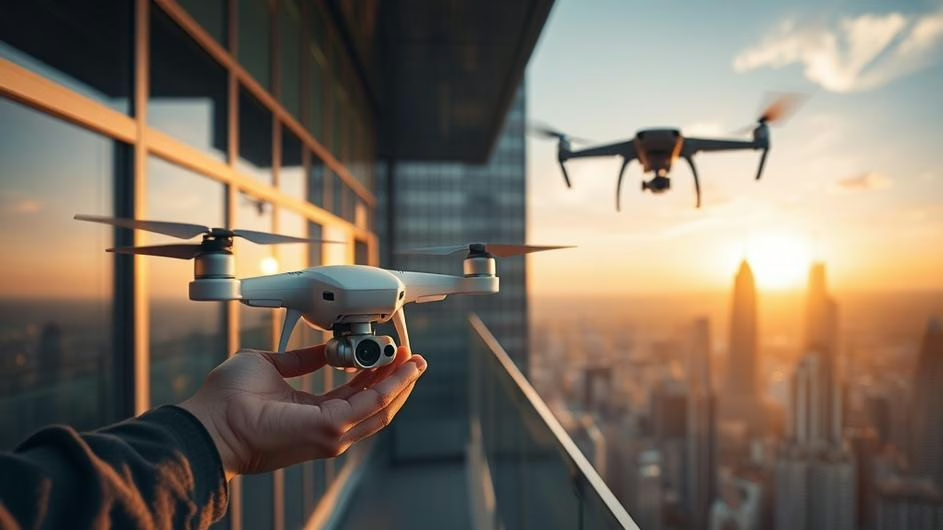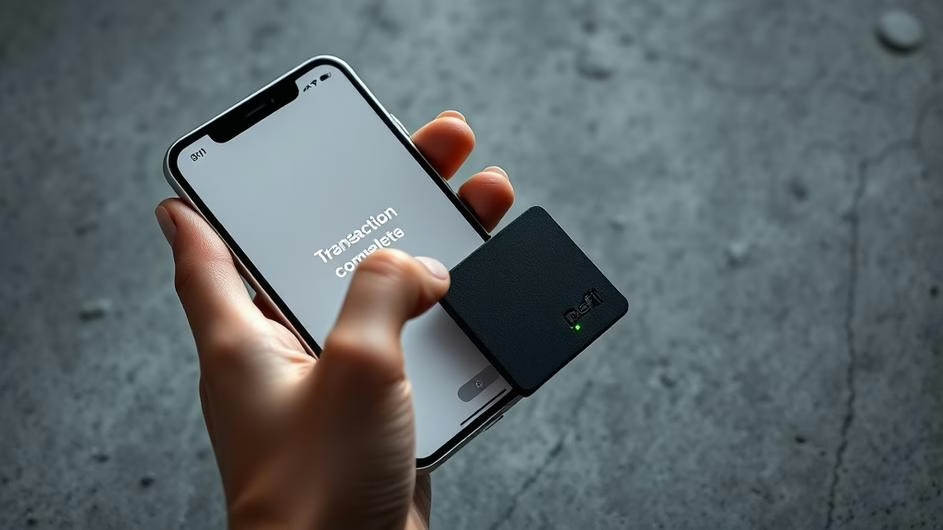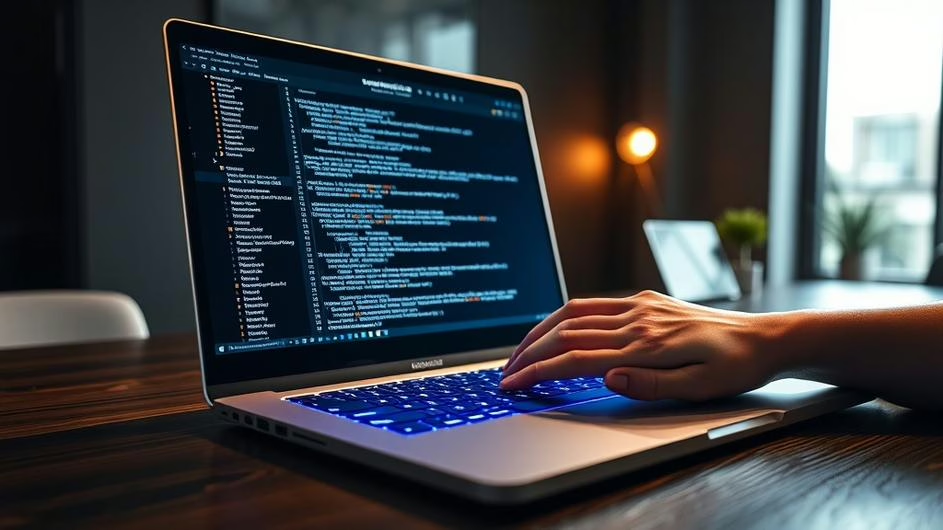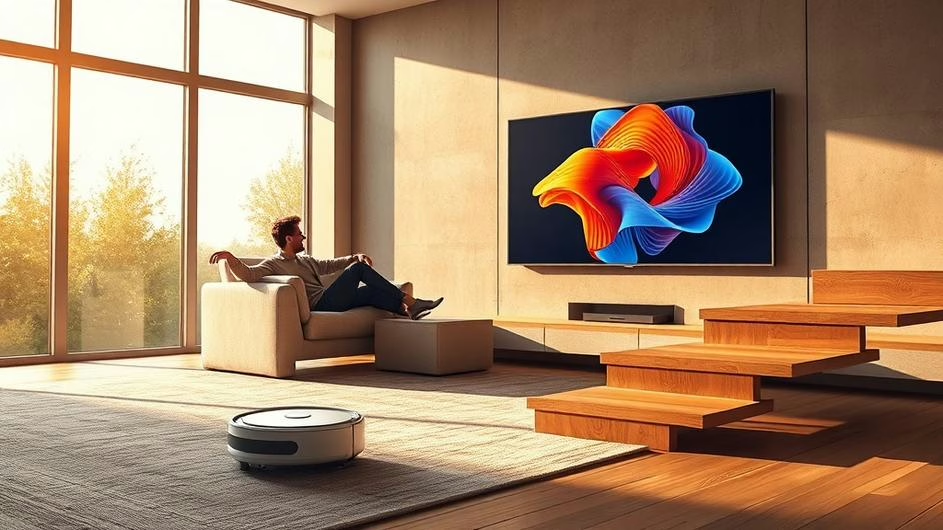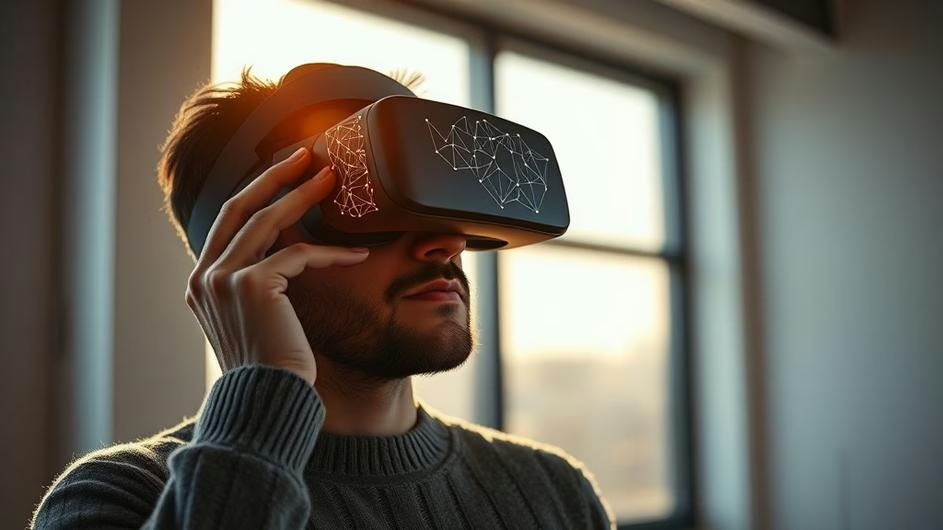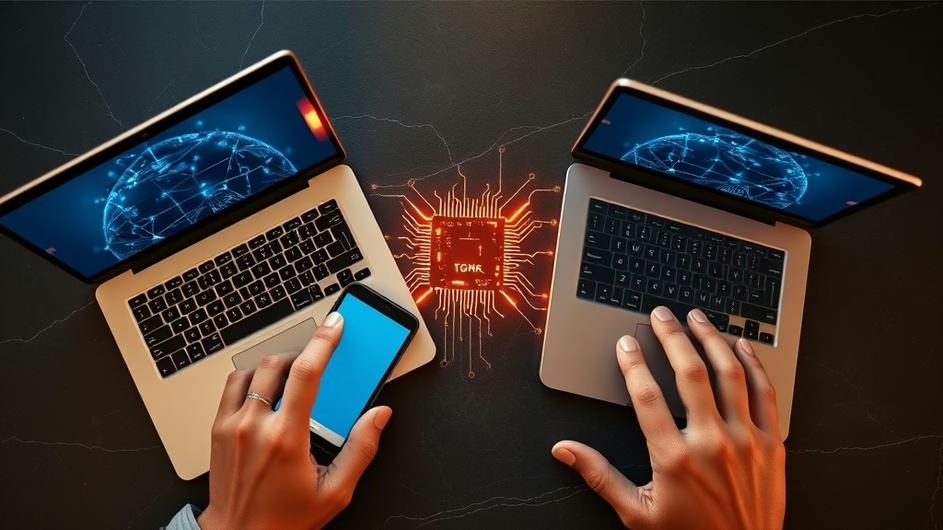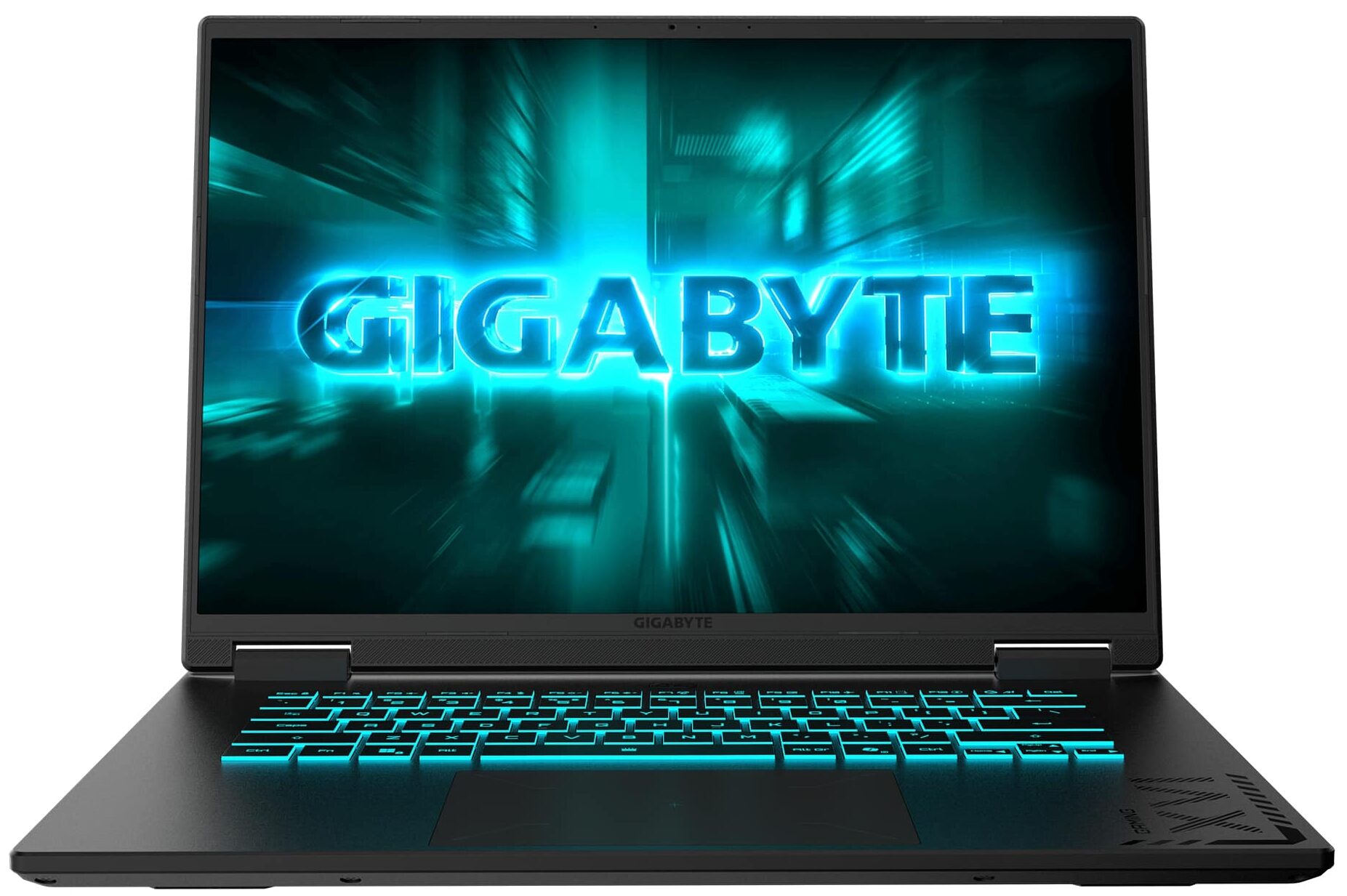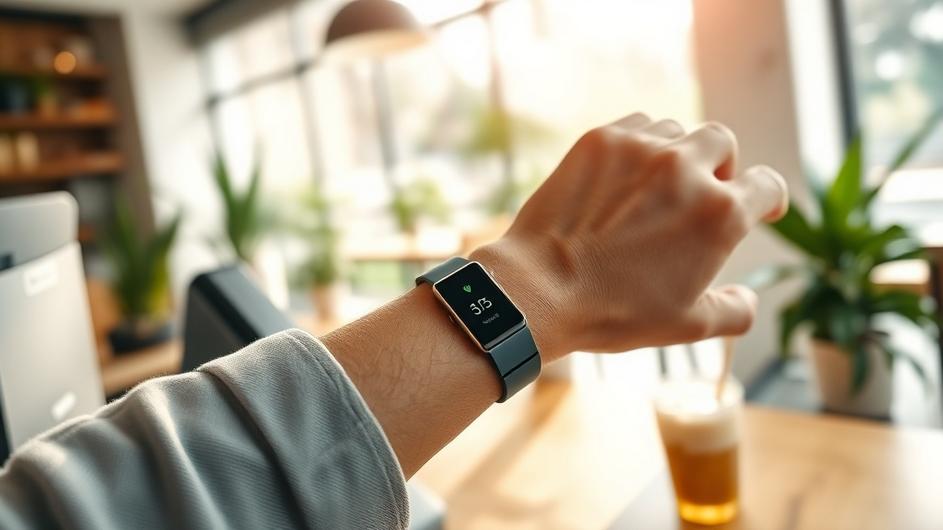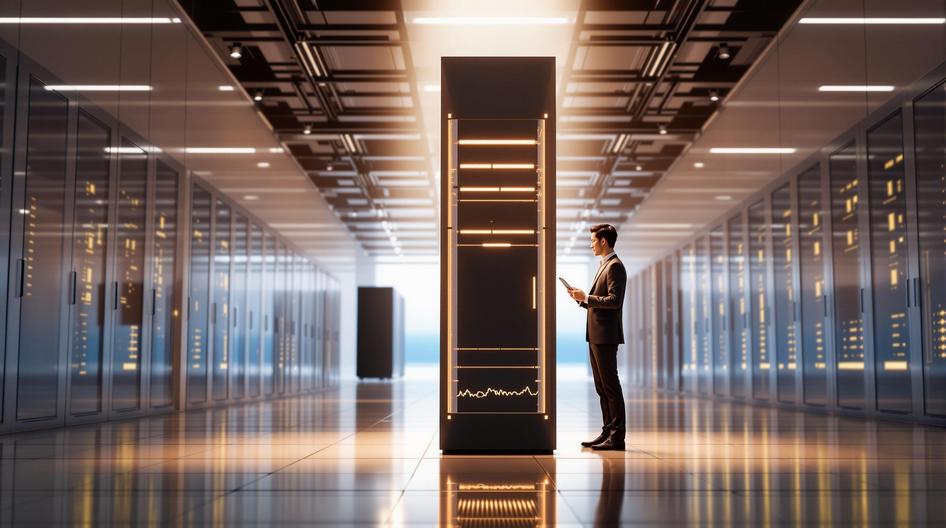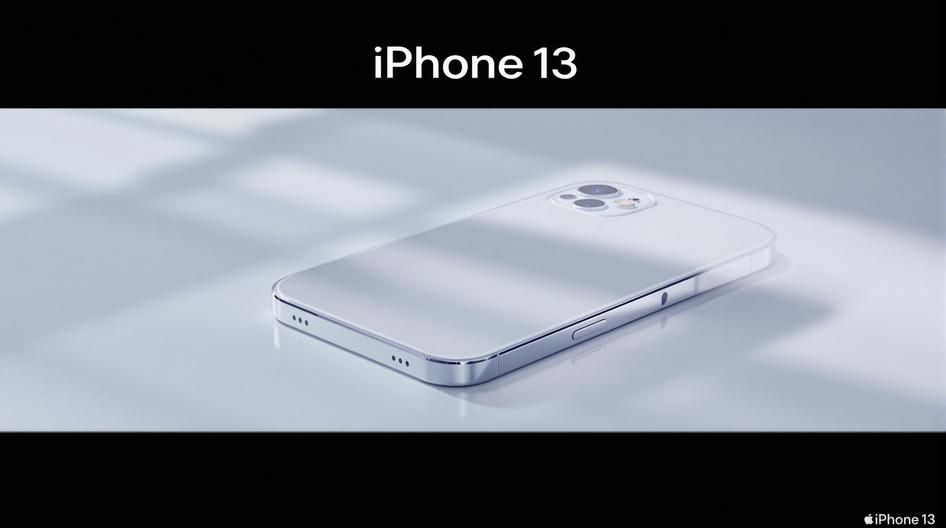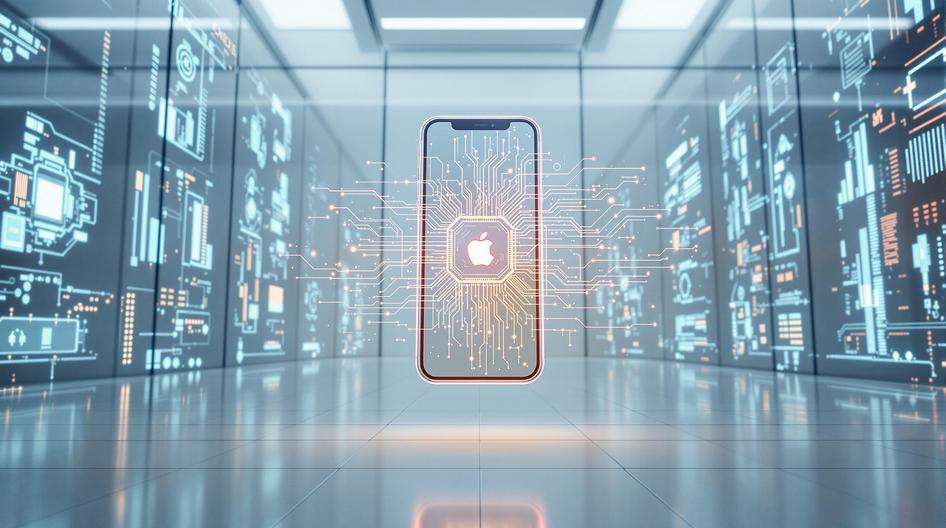
AI, 5G, and Regulation: How Huawei is Reshaping Global Tech Ecosystems
Huawei’s 2025 playbook reads like a tech thriller. Between rolling out massive AI cloud infrastructure, pushing 5G-Advanced networks, and navigating an increasingly complex web of global regulations, the Chinese tech giant is reshaping how we think about everything from smartphones to smart home devices. But here’s what makes this story really interesting: every move Huawei makes sends ripples through the entire electronics ecosystem, affecting everything from the chips in your laptop to the security of your digital wallet.
AI Gets Real: Beyond the Buzzwords
When Huawei talks about expanding AI across 30 industries, they’re not just throwing around marketing speak. Their CloudMatrix384 infrastructure is actually powering real changes in how businesses operate. Think about your banking app’s fraud detection, or how your favorite e-commerce platform recommends products. That’s AI working behind the scenes, and Huawei’s cloud services are increasingly the engine running these experiences.
What’s fascinating is how this connects to the broader tech landscape. As companies become more dependent on AI for everything from inventory management to customer service, the demand for powerful, reliable cloud infrastructure skyrockets. This creates opportunities for developers working on AI-powered applications, but it also raises questions about who controls the underlying infrastructure.
For gadget enthusiasts, this matters more than you might think. The same AI capabilities that power enterprise solutions eventually trickle down to consumer devices. Your next smartphone’s camera AI, your smart speaker’s voice recognition, even your fitness tracker’s health insights could all benefit from these cloud-based AI advances.
5G-Advanced: The Network That Changes Everything
Here’s where things get really interesting. Huawei isn’t just talking about faster downloads on your phone (though that’s nice too). 5G-Advanced networks are designed for what Huawei calls “multi-agent coordination.” Picture this: your smart car communicating with traffic lights, your home security system coordinating with neighborhood watch networks, all in real time with virtually no delay.
This isn’t science fiction. We’re talking about IoT connectivity that actually works seamlessly. Remember how disappointing early smart home setups were? Devices that wouldn’t talk to each other, apps that crashed constantly, lag times that made everything feel clunky? 5G-A aims to solve these problems by providing the ultra-low latency and high reliability that complex AI applications demand.
For tech investors and developers, this represents a massive shift. Traditional cloud services might find themselves competing with distributed edge computing networks. Imagine blockchain nodes running more efficiently, or crypto mining operations that can respond to network conditions in real time.
Awards and Blacklists: The Double-Edged Sword
Huawei’s story in 2025 perfectly captures the contradictions of our global tech landscape. On one hand, they’re winning technology excellence awards for boosting cybersecurity in telecommunications. On the other hand, China just blacklisted TechInsights, a major chip research firm, after it published reports suggesting that Huawei’s latest AI chips contain components from outside mainland China.
This isn’t just corporate drama. It highlights a fundamental challenge facing anyone in the tech space: supply chain transparency. When China blacklists chip research firms, it sends a message about how seriously governments take technological sovereignty.
For gadget manufacturers and cybersecurity professionals, this creates real challenges. How do you verify the security of your supply chain when governments are actively restricting access to research and analysis? How do you build consumer trust when the components in your devices come from complex, sometimes opaque global supply networks?
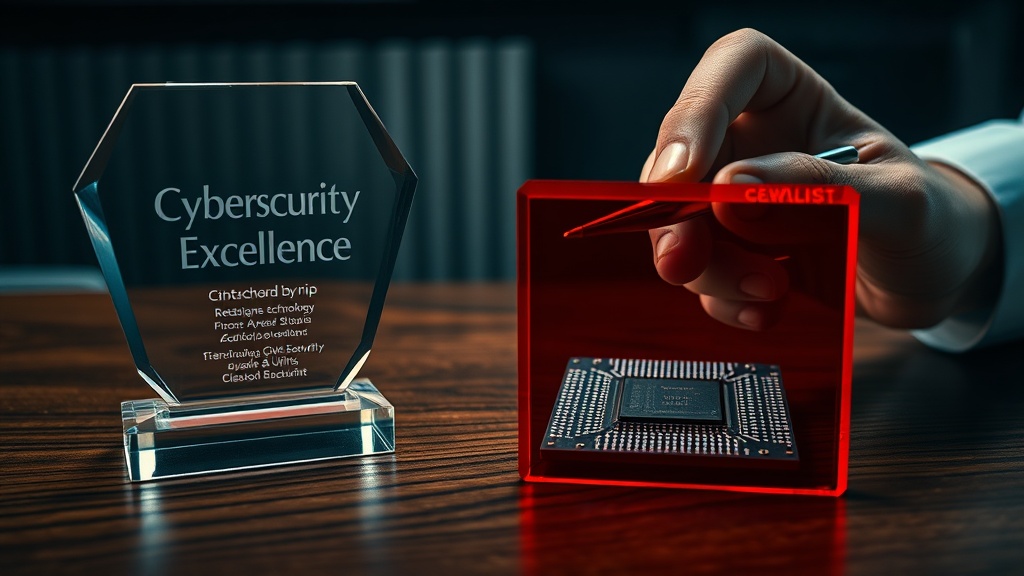
The Great Electronics Purge
Meanwhile, in the US, regulators are taking a sledgehammer approach. The FCC is removing millions of Chinese electronics from retail shelves and online marketplaces. We’re not just talking about obvious candidates like Huawei phones. This includes everything from security cameras to networking equipment from companies like Hikvision and ZTE.
For consumers, this means fewer choices and potentially higher prices. For developers and entrepreneurs building next-gen hardware solutions, it means navigating an increasingly fragmented global market. The “borderless internet” that many of us grew up with is giving way to a more complex reality where your physical location determines which technologies you can access.
This fragmentation is already driving innovation in unexpected directions. We’re seeing increased demand for open-source hardware designs, more emphasis on supply chain verification, and growing interest in regionally-produced components. Some companies are even exploring software-only solutions to reduce dependence on potentially restricted hardware.
What’s Next for Tech Ecosystems?
The convergence of AI, 5G, and regulatory complexity isn’t slowing down. If anything, it’s accelerating. AI capabilities continue to advance, network infrastructure keeps getting more powerful, and governments are becoming more assertive about technological sovereignty.
For anyone working in tech, whether you’re developing VR applications, building consumer gadgets, or managing enterprise IT infrastructure, adaptability is key. The companies that thrive will be those that can navigate this complex landscape while delivering real value to users.
Success in 2025 and beyond won’t just be about having the best technology. It’ll be about understanding the intersection of innovation, regulation, and geopolitics. It’ll be about building systems that are not only cutting-edge but also resilient and compliant across multiple jurisdictions.
The tech world is becoming more complicated, but it’s also becoming more interesting. And for those willing to navigate the complexity, the opportunities are enormous.
Sources
-
Huawei Cloud expands AI portfolio, empowering enterprises across 30 industries – Total Telecom, October 10, 2025
-
PT. Huawei Tech Investment secures accolade at Indonesia Technology Excellence Awards 2025 – Asian Business Review, October 10, 2025
-
5G-A networks essential for mobile AI revenue capture, Huawei says – Telecoms, October 13, 2025
-
China blacklists major chip research firm TechInsights following report on Huawei – CNBC, October 10, 2025
-
US retailers remove millions of banned Chinese electronics – Tech in Asia, October 12, 2025

